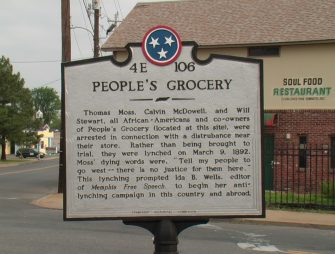 Three African American men, Will Stewart, Tommie Moss, and Calvin McDowell, ran the People’s Grocery in a multiracial Memphis neighborhood known as the Curve.
Three African American men, Will Stewart, Tommie Moss, and Calvin McDowell, ran the People’s Grocery in a multiracial Memphis neighborhood known as the Curve.
A white grocer in the same area, angered by the challenge to what had been his monopoly on the local grocery business, led a series of campaigns of harassment against the business.
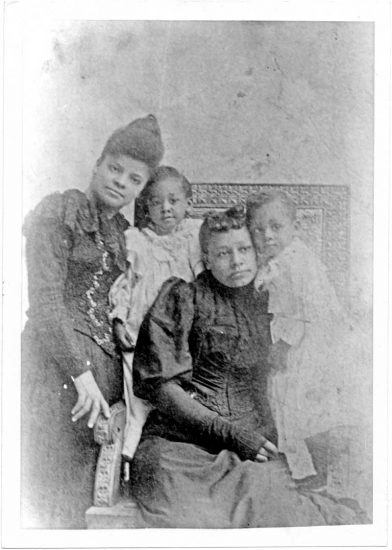
Ida B. Wells, with Mrs. Betty Moss, seated, widow of Tom Moss. With Tom Moss Jr, who was born after the lynching which dates this picture at about 1893. Source: Lynching Sites Project
Refused protection by local law enforcement and fearing a mob attack, the Black grocers armed themselves and prepared for self defense. Sure enough, that attack came, and gunfire was exchanged. With multiple white men wounded, Stewart, Moss, and McDowell were arrested and jailed.
A few days later, the jail was stormed by 75 men in black masks who took the men to a railroad yard. All three were shot and killed. According to a local newspaper, Moss was the last to be shot with these final last words:
Tell my people to go West, there is no justice for them here.
Moss was a friend of anti-lynching activist Ida B. Wells who wrote in her autobiography:
A finer, cleaner man than he never walked the streets of Memphis. . . The colored people feel that every white man in Memphis who consented in his death is as guilty as those who fired the guns which took his life.
This is what opened my eyes to what lynching really was. An excuse to get rid of Negroes who were acquiring wealth and property and thus keep the race terrorized and keep them down.
As Wells noted, many lynchings and “race riots” were designed to repress and threaten economic advance by African Americans. Bring this history to students with a lesson about Tulsa, described in Burning Tulsa: The Legacy of Black Dispossession.
Learn More
Equal Justice Initiative
History of Racial Injustice Calendar
Lynching in America: Confronting the Legacy of Racial Terror report
Lynching Sites Project of Memphis
Find more resources below.

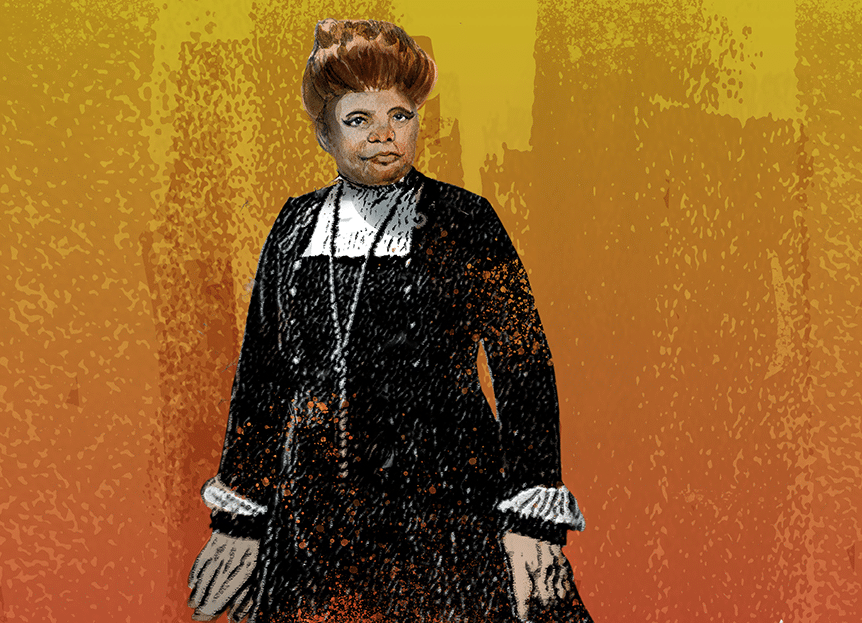

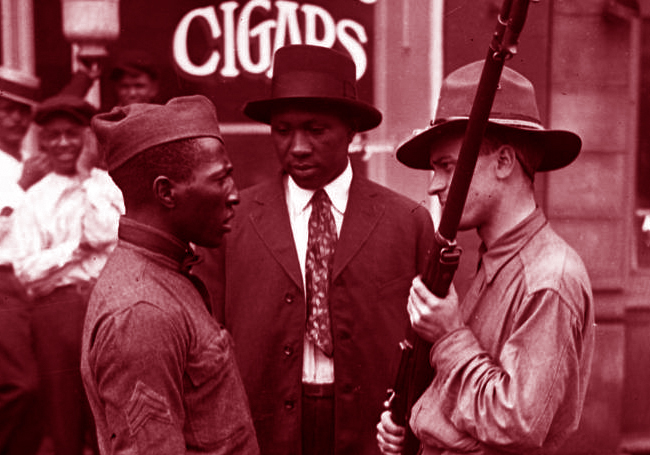

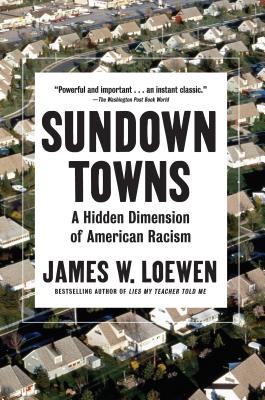
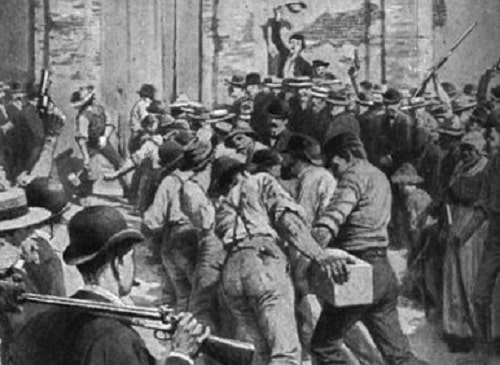
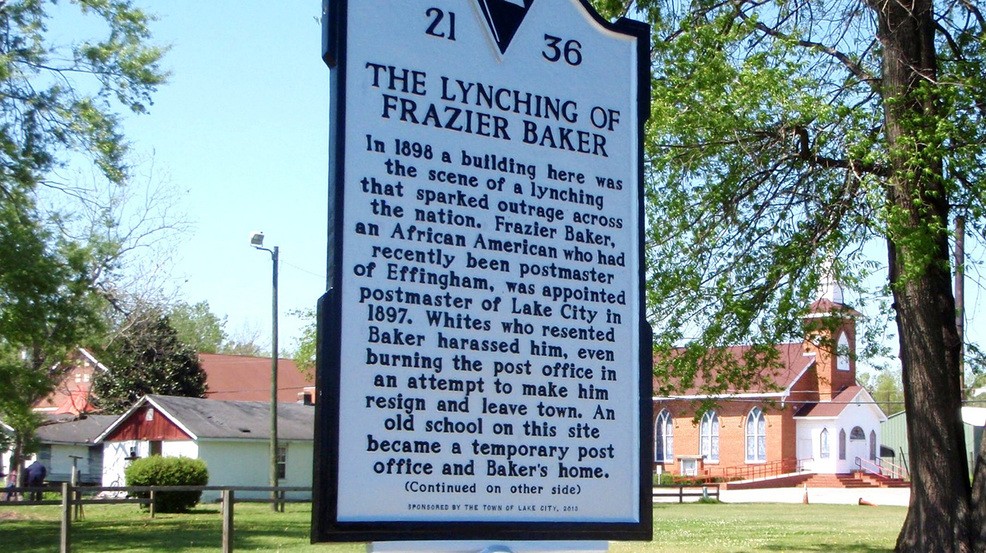
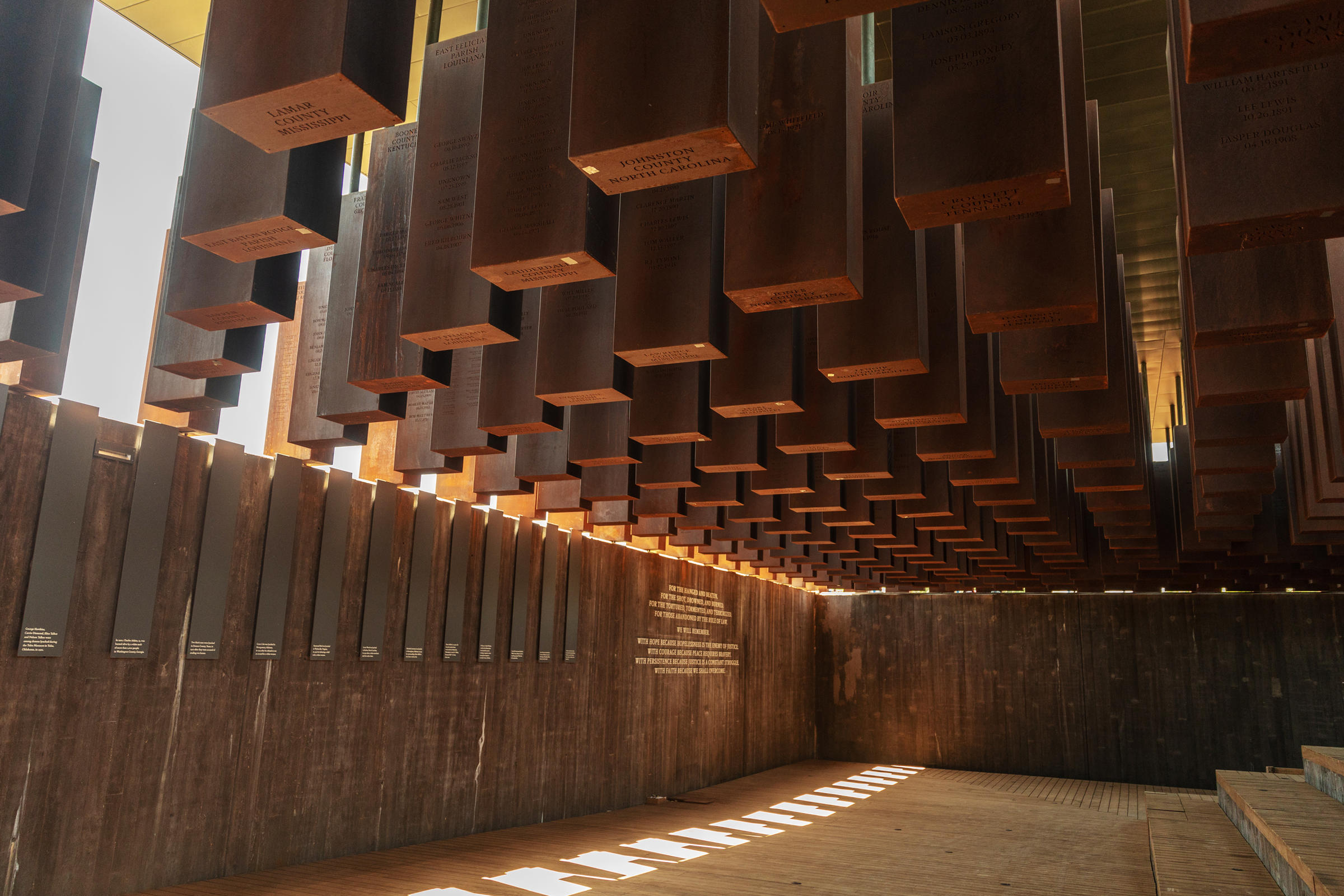
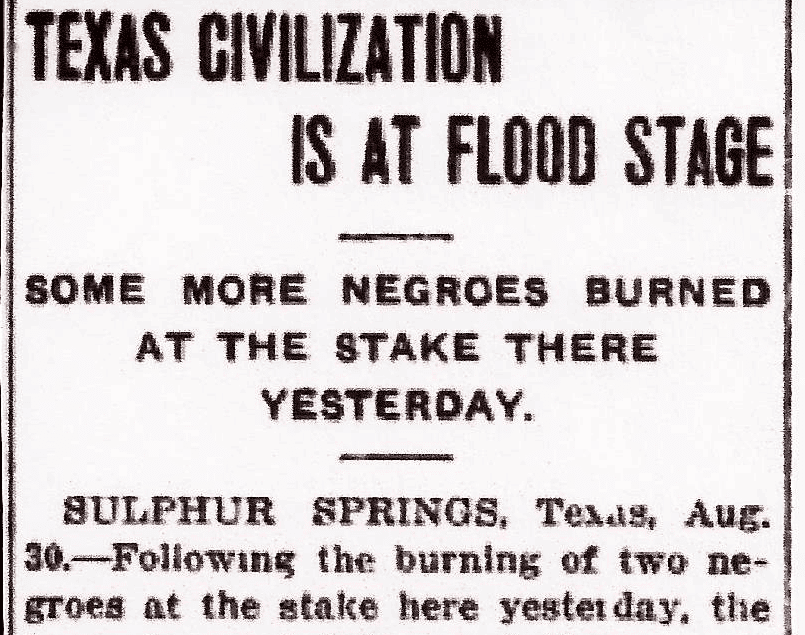
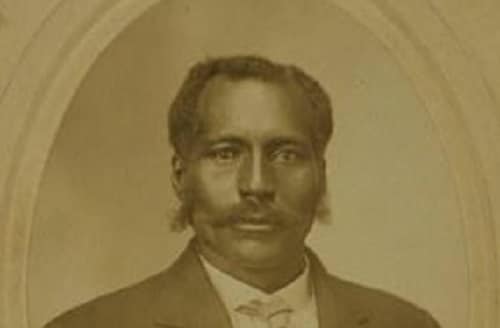
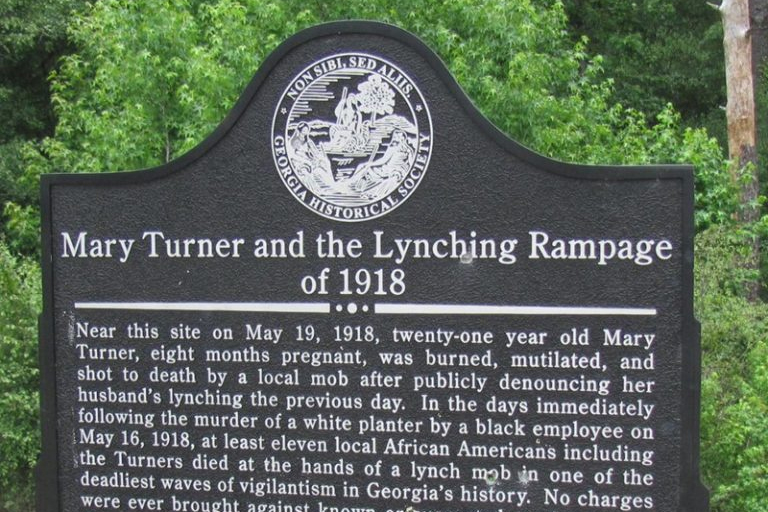
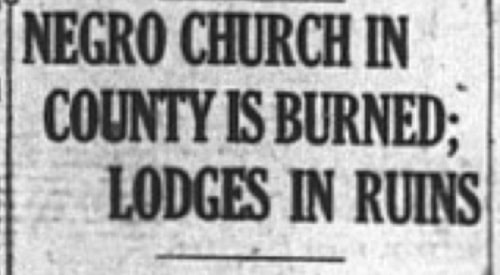
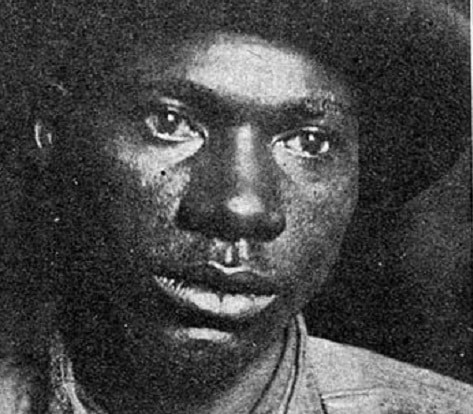
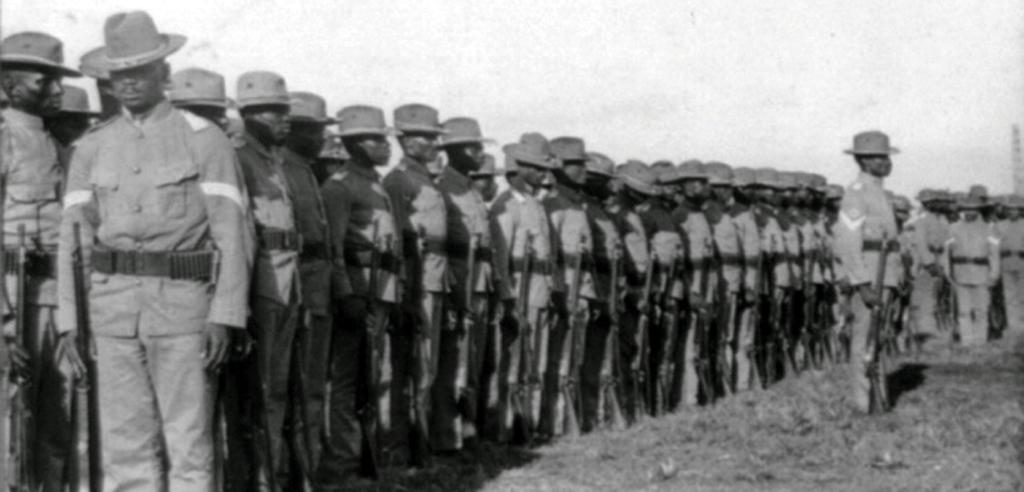
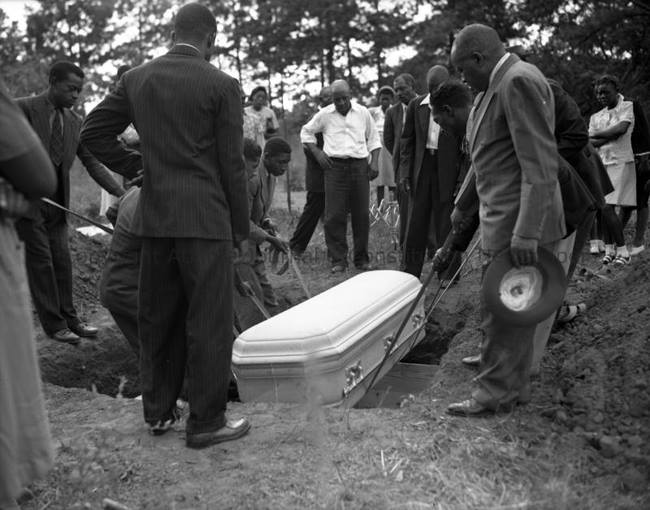
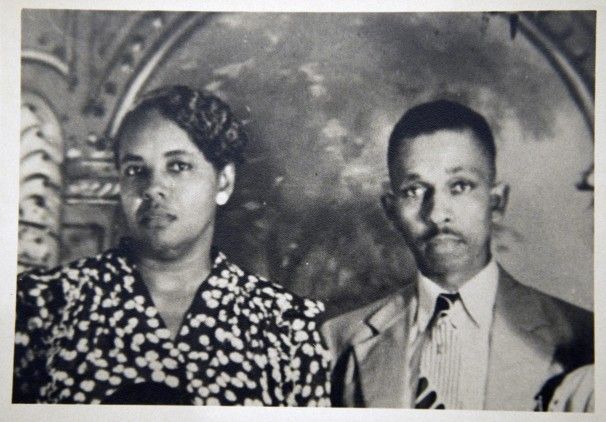
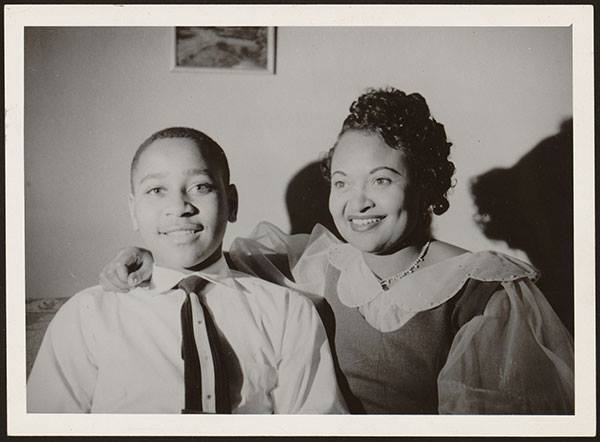
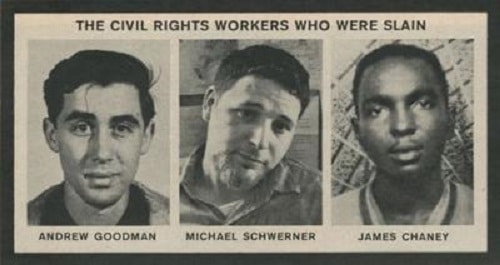





Twitter
Google plus
LinkedIn